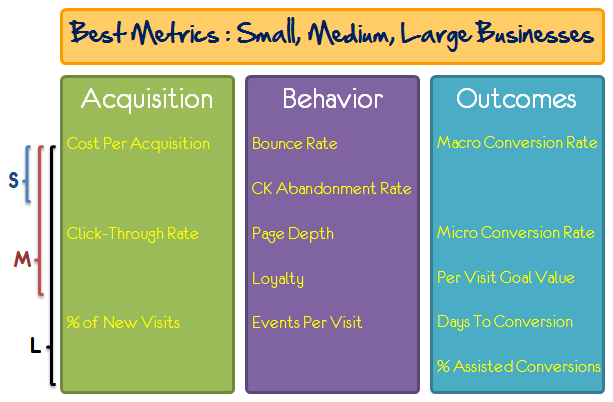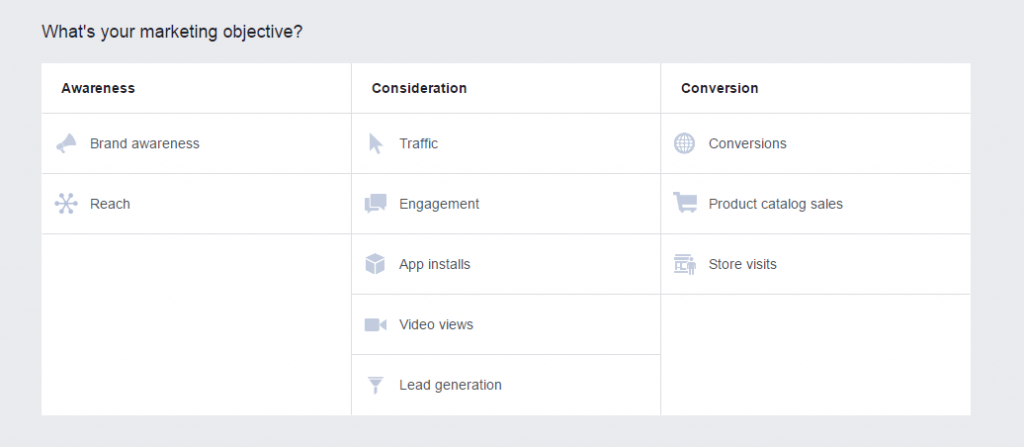When it comes to marketing, most people have assumed it is like a magical black box – marketing goes in, and business results may or may not come out.
During the age of reliance on TV ads and print ads, where measuring your ad spend was a very nebulous experience, it makes sense. It’s very hard to gauge the effectiveness of a TV ad when you don’t know how many people truly saw it, how it influenced their buying decisions, whether it stayed on their mind or not…any of those variables.
Fortunately, digital marketing makes things a lot more clear for marketers and business owners alike. And you wouldn’t put money in the stock market or invest in a company without keeping tabs on their performance, now would you? So why would you put money in a Facebook ad or two and not record those results alongside your website’s traffic?
Everyone who’s engaging in marketing should be tracking and measuring their metrics. The question is – how do you determine what to track?
Start with your goals
It always goes back to your goals. What are your business goals? What do you want to accomplish as a business within the next quarter, the next year, the next five years?
Marketing should always flow back to your business goals and therefore, the metrics you’re tracking for your marketing should help you track your progress towards those goals.
Identify what you want from your channels
Avinash Kaushik has had an amazing blog for many years on web analytics. This is one of the standard images he provides in determining your web analytics for small, medium and large sized businesses:

For your other channels – what are you wanting to get out of them? What do you expect from them? What would make for a good return on investment (ROI) for, say, Facebook ads?
These days, Facebook has even begun forcing this point by making you determine in advance what you want out of a campaign:
Don’t go overboard
Avinash calls too many metrics a “customized data puke” – I can assure you from personal experience that it’s very easy to go overboard. You start looking at all of the things you want to track for Facebook then all of the things you want to track for your emails and then for your website and…it gets to be too much.
If you’re just beginning the process of determining and tracking marketing metrics, stay focused and keep the metrics to a reasonable amount to start. Otherwise you’re just going to overwhelm the people responsible for marketing with focusing on tracking rather than actual implementation.
Assess and re-assess
Once you’ve got a few metrics to start with – hooray! You can begin to establish a baseline and then track the metrics on a regular basis, whether it’s daily/weekly/monthly/whatever. Read more on that process here.
The key thing here is to always go back and reassess. The metrics you use should not be static. You don’t have the same goals every quarter, do you? As your grow or your business changes, your goals also change. Your metrics must change too.
Every quarter, make a point of reassessing the usefulness of your metrics. Don’t be afraid to add some and delete others.

